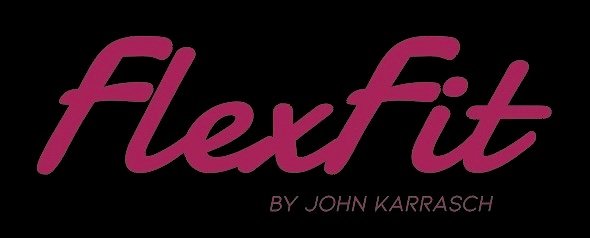Why bother with this often ignored weight machine? Why not just stand up and do calf raises?
The Soleus muscle!
The soleus is the hidden workhorse of the leg. It is covered by the easily visible gastrocnemius but contributes a huge amount of the force needed for running...and walking. The image and chart below really make this message clear. Running is ALL about the soleus!
Seated calf raises are the best way to work the soleus (the knee needs to bent 80 degrees or so for this goal) with the weight machine pictured being probably the easiest one. Standing calf raises really are not enough on their own but are better than NOT doing calf work. You can also use a smith machine or simply put some weights on your lower thigh near your knee. How much your ankle moves will depend on your anatomy and mobility but I think 20 degrees dorsiflexion (heel down) to 10 degrees plantarflexion (heels up) is a pretty decent starting point.
I mentioned runners here, but honestly this is worth doing no matter what sport you are into. My point is…even if you are a swimmer or cyclist, you are also a walker! Strong calf muscles are important as we age, which we are all doing. Soleus weakness shows itself in decreased walking speed and balance in older folks. I have heard some concerns over concerns of “imbalances” from exercises like this in isolation but this just isn’t true based on the research I have seen.
I would shoot for 3-4 sets of 4-10 reps with 2-3 minutes rest between sets. For the first few weeks, 3 sets of 15 reps with moderate weight is good to get used to a new exercise. Go fairly heavy after that, it should be tough to finish the last couple reps of each set. Based on current tendon research, go slow here. 3 seconds up. 3 seconds down.
The Seated Calf Raise is also a great example that really valuable exercises can be a bit simple and boring. No bosu ball, activating anything, or fancy special technique. Just get the work done. I bought this machine from Facebook marketplace for $75 with some careful searching. There are plenty of them around. I have been using this for three months and really glad I have it.
Credit to @mickhughes.physio and @montanarunninglab for their frequent mentions of machine based strength work!




















